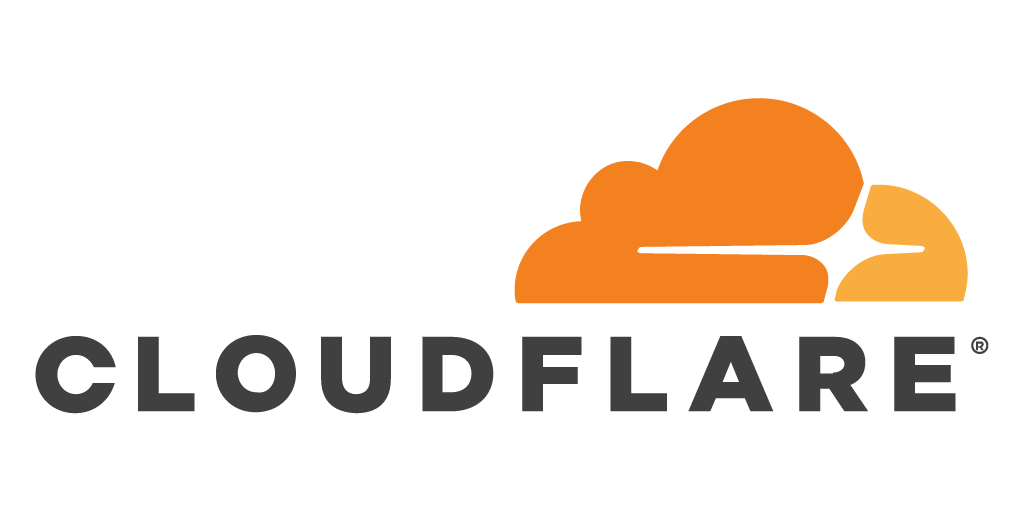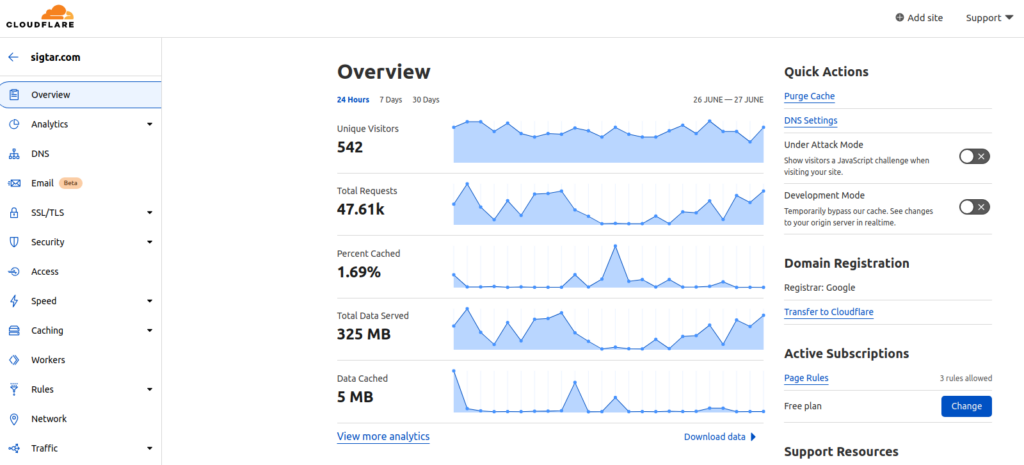Things you’ll need; (basic instructions)
SSH – either Linux or Open SSH for windows (set this up first and ensure its working!). I have only used Linux, so i do not know the details of setting up a Open SSH box on windows (good luck).
Router with pinhole or port forwarding abilities. — forward your external 443 port to internal 22 on your SSH box
Putty.exe – use this to test your SSH connection locally (you should be able to connect on port 22 locally or 443 externally)
Your home IP – setup a dyndns account on one of the free services available on the web (either use your router if it has it or get a dyndns client that runs on your ssh box) — i use dyndns.org
Putty is the client side device that you will use when you are not local to your network. If you are connecting to your SSH box from external (i.e. at work) then you’ll need to configure a SSH connection profile to connect on port 443. If you have a proxy at work (which you will most probably have) you need to ensure you have filled out your proxy address and authentication details — select HTTP then enter your username / password. Then try to connect.
When you can successfully connect to your SSH box from work via 443 you can then create SSH tunnels. Under SSH on putty there is a tunnels option. This is where you can forward local ports to your remote ports… for example – 127.0.0.1:82 –> 192.168.0.10:3389. Then if you fire up RDC you can connect to your remote machine via 127.0.0.1:82
Simple? — if i haven’t made a specific part clear please ask any questions and i’ll try to make it easier to follow

